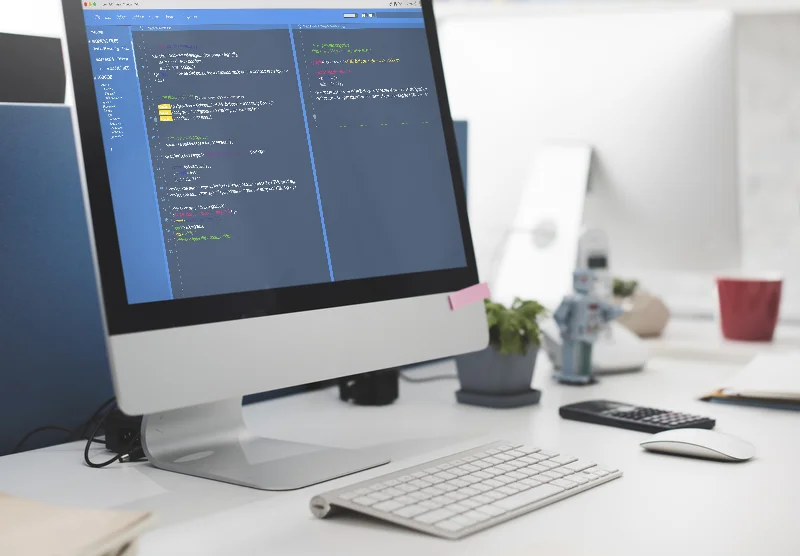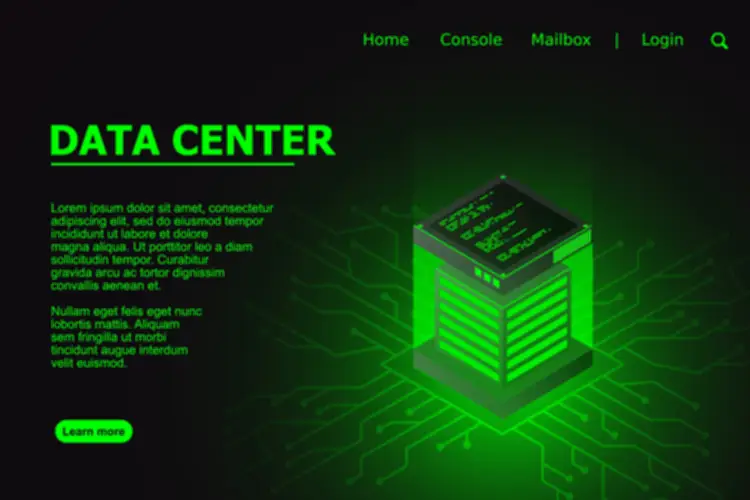There are several what is verification advantages of the validation process in software testing. Some of these embody enhanced bug detection, identification of specification inadequacies, alignment with buyer calls for, and verification of cross browser compatibility. Knowing the differences between verification vs validation is crucial for all professionals involved in software program development to implement correct strategies and repair errors throughout the Software Development Life Cycle.
Verification And Validation In Software Testing

It primarily addresses the dynamic elements of the software software, like efficiency https://www.globalcloudteam.com/, functionality, and person interaction. Unlike the verification method, it does not validate the static elements of the software program utility, like code or design. In less complicated phrases, verification testing includes checking whether or not a system or element meets the necessities and specifications set for it, making certain that it is constructed correctly in accordance with the outlined requirements.

Also Learn : Qa( High Quality Accurance) And Qc ( Quality Control), How Do They Differ?
It’s essential to run verification exams at each stage before implementing any new function in the development course of. World’s first finish to finish software program testing agent constructed on modern LLM that will help you create, debug and evolve E2E tests using pure language. In validation, good coverage means writing exams that validate every a part of the product extensively. You should test at totally different levels, together with unit testing, integration testing, and system testing.

What Is The Distinction Between Verification And Validation?
Both processes are crucial for delivering a dependable, high-quality product. Together, they present a complete high quality assurance technique, helping to reduce defects and guarantee user satisfaction. Validation helps ensure the product is fit for use and delivers value to the tip person. By validating the software program, you probably can affirm it solves the issue it was designed to handle, reducing the chance of delivering a product that doesn’t meet expectations.

Verification Vs Validation In Software: Overview & Key Differences
In the following section of this blog on verification vs validation, we are going to discover when to use the validation process. If you want to verify software artifacts and improve software high quality and reliability successfully, you have to follow some best practices. The subsequent section of this blog on verification vs validation discusses methodologies of the verification course of. Although these phrases could appear synonymous, they symbolize distinct phases within the Software Development Life Cycle. Thus, knowing the difference between verification vs validation can additionally be essential.
Validation Example For Race Automobile Development
As talked about, verification is the method of figuring out if the software in question is designed and developed based on specified requirements. The code for any software program utility is written based on the specs document. Validation in software testing is the method of guaranteeing that a product meets specified requirements and satisfies buyer needs.
Conversely, a product might have defects (failing verification) however nonetheless meet user requirements (passing validation). Validation in Software Engineering is a dynamic mechanism of testing and validating if the software product truly meets the exact wants of the client or not. The course of helps to ensure that the software program fulfills the desired use in an appropriate surroundings. The validation process entails actions like unit testing, integration testing, system testing and user acceptance testing. Validation is an important step in the software development life cycle (SDLC) to make sure that the final product is reliable, useful, and meets the meant enterprise wants.
Elements Of Analytical Strategies Validation
- The verification course of primarily revolves round addressing the basic question, “Are we developing the software software correctly?
- Verification is a steady course of that begins well upfront of validation processes and runs till the software utility is validated and released.
- People usually mistake verification and validation due to a lack of know-how on the needs they fulfill and the ache points they tackle.
- Some of that buyer info might be outdated, so it is worthwhile to verify the information upfront of your mailing.
Unlike verification testing, validation testing at all times requires executing code. It entails numerous kinds of software testing, such as unit checks, integration tests, regression exams, cross browser and cross gadget testing, and extra. Unlike functional testing, which verifies if the software program meets the functional necessities, non-functional testing evaluates aspects such as performance, reliability, usability, security, and compatibility.
It focuses on the result, whether the product meets the precise needs and anticipated consequence of the end-users. In the world of software program engineering, two terms that always cause some confusion are verification and validation. While they could sound related, they serve distinct purposes within the development of software merchandise. Here’s an easy breakdown to help differentiate between the 2 and perceive their unique advantages. Unlike verification testing, which occurs at every stage in improvement, validation testing occurs at the end of a selected module and even after the software has been entirely constructed.
Discover the way to optimize your software program delivery with our comprehensive eBook on Value Stream Management (VSM). Learn how prime organizations streamline pipelines, improve high quality, and speed up delivery. If the distinction between them is somewhat confusing, you’re not alone –countless growth and testing professionals are in the identical boat. So, whether you’re utterly confused or just fuzzy on the primary points, hopefully we’ll make it crystal clear.

These checks might be something so easy as studying the specs and comparing them in opposition to the code logic to make sure they line up. The verification course of will embrace activities like code evaluations, walkthroughs, inspections however little, if any, precise testing. Code verification is a means of checking the code for its completeness, correctness, and consistency.
However, for the scope of this article, we’ll be studying concerning the differences and similarities between verification and validation in the software program improvement course of. Verification ensures the software is being built in accordance with its design and specs, while Validation ensures the final product works as meant for customers. Both verification and validation are essential components of software program quality assurance and are essential for delivering reliable and high-quality software merchandise. This course of helps affirm that the system is designed correctly and features as meant, ensuring that all elements—software, hardware, documentation, and staff practices—are error-free and meet the required requirements. Different project management and software development methods use verification and validation in several ways. For occasion, both verification and validation occur simultaneously in agile improvement methodology as a result of need for continuous refinement of the system based mostly on the end-user feedback.
To enhance or optimize the validation process in software program testing, you should observe a few of its best practices, that are defined under. In the next part of this weblog on verification vs validation, we’ll see one of the best practices to comply with when utilizing the validation course of. In the subsequent part of this weblog on verification vs validation, we will cover completely different testing varieties concerned in the validation course of. For instance, they might check if a particular characteristic, like a “Proceed to Payment” button, works perfectly on totally different browsers like Google Chrome on a Samsung Galaxy A23 device and Safari on an iPhone 13.

